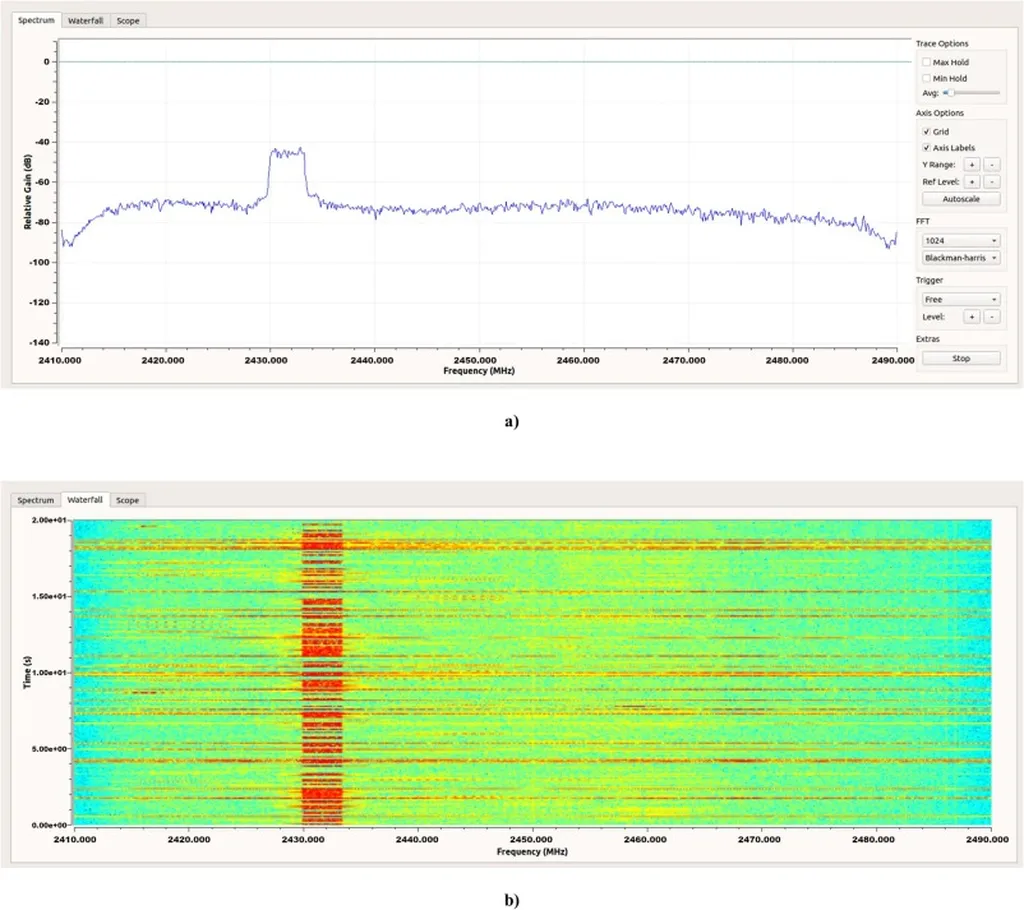Researchers from North Carolina State University, led by Hyeokjun Kwon, Sung Joon Maeng, and Ismail Guvenc, have developed a simulator that enhances the accuracy of radio frequency (RF) signal source search and localization (SSSL) using autonomous unmanned aerial vehicles (UAVs). Their work addresses critical gaps in existing simulation models by incorporating real-world factors such as propagation models and antenna patterns, which are often overlooked in theoretical studies.
The team’s research focuses on improving the performance of linear least square (LLS) based localization techniques for UAVs, a capability with significant implications for both military and civilian applications. By integrating a two-ray channel model and dipole antenna patterns into their simulations, the researchers have created a more realistic framework for assessing RF signal strength (RSS) observations at varying altitudes. This approach allows for more precise localization of signal sources, whether for identifying hostile troops or conducting search and rescue operations during disasters.
The study evaluates the effectiveness of localization techniques based on two key criteria: achieving the highest possible accuracy and localizing the target as quickly as possible with reasonable accuracy. The simulations demonstrate that UAVs, with their ability to navigate autonomously in three dimensions, offer distinct advantages over traditional ground-based methods. The improved signal reception at higher altitudes, combined with advanced propagation models, enables faster and more reliable localization of RF sources.
The findings highlight the potential for UAVs to revolutionize signal detection and localization in defence and security operations. By refining simulation models to better reflect real-world conditions, the researchers have laid the groundwork for more effective deployment of UAVs in critical missions. This work not only enhances the accuracy of signal localization but also underscores the importance of considering practical factors in simulation-based studies. As UAV technology continues to evolve, these advancements could play a pivotal role in shaping future defence strategies and emergency response efforts. Read the original research paper here.

